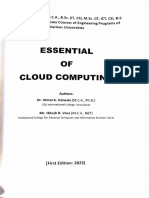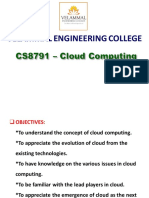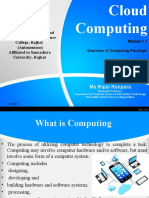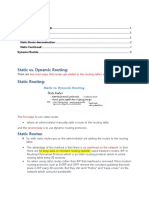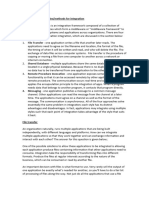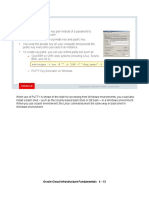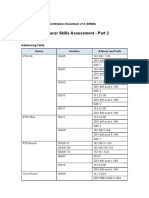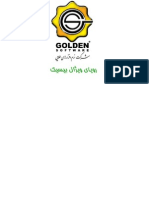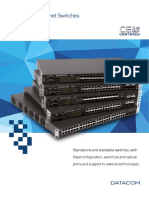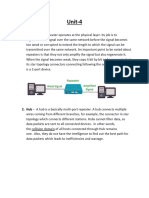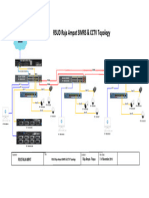0% found this document useful (0 votes)
32 views23 pagesCloud Computing
The document outlines the syllabus and objectives for the CS8791 Cloud Computing course for the academic year 2020-2021, covering key concepts such as the definition, evolution, and characteristics of cloud computing. It includes detailed units on cloud enabling technologies, architecture, resource management, security, and advancements in cloud technologies. The course aims to provide students with a comprehensive understanding of cloud computing as a next-generation computing paradigm.
Uploaded by
Boomija ITCopyright
© © All Rights Reserved
We take content rights seriously. If you suspect this is your content, claim it here.
Available Formats
Download as PPTX, PDF, TXT or read online on Scribd
0% found this document useful (0 votes)
32 views23 pagesCloud Computing
The document outlines the syllabus and objectives for the CS8791 Cloud Computing course for the academic year 2020-2021, covering key concepts such as the definition, evolution, and characteristics of cloud computing. It includes detailed units on cloud enabling technologies, architecture, resource management, security, and advancements in cloud technologies. The course aims to provide students with a comprehensive understanding of cloud computing as a next-generation computing paradigm.
Uploaded by
Boomija ITCopyright
© © All Rights Reserved
We take content rights seriously. If you suspect this is your content, claim it here.
Available Formats
Download as PPTX, PDF, TXT or read online on Scribd
/ 23









